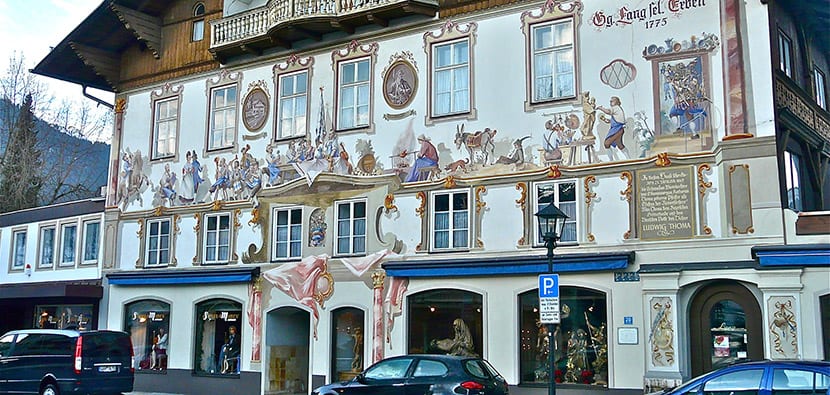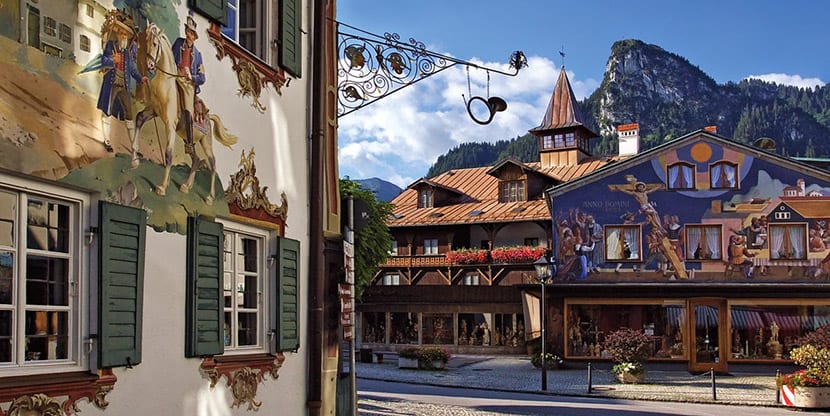
There are many towns in Europe that seem taken from those fairy tales that we read as children. Germany It has several and one of them is a picturesque little town called Oberammergau.
This site concentrates all the fantasy of a tale in its medieval fabric and architecture, but also, for fervent Christians every year an important festival takes place around the Passion of Christ. Let's discover Oberammergau, together.
oberammergau
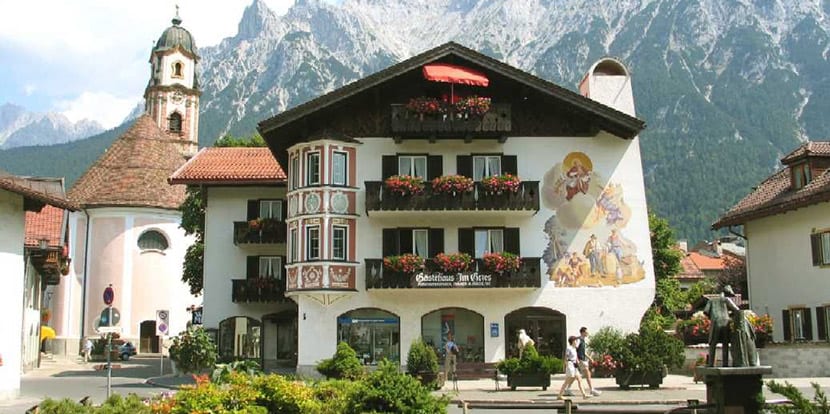
It's in Bavaria, germany. Bavaria is a free state of Germany, a federated state that makes up the republic and is located in the southeast of the country. They inhabit it almost 13 million people and its capital is the beautiful Munich.
For a long time, Bavaria was a Frankish duchy with the firm mission of stopping the advance of the eastern peoples, Slavs or Misers, for example. At that time Christianity advanced on these lands, we speak of the XNUMXth, XNUMXth and XNUMXth centuries. Later the present Bavaria would become part of the Carolingian empire first and then to Holy Roman German Empire.
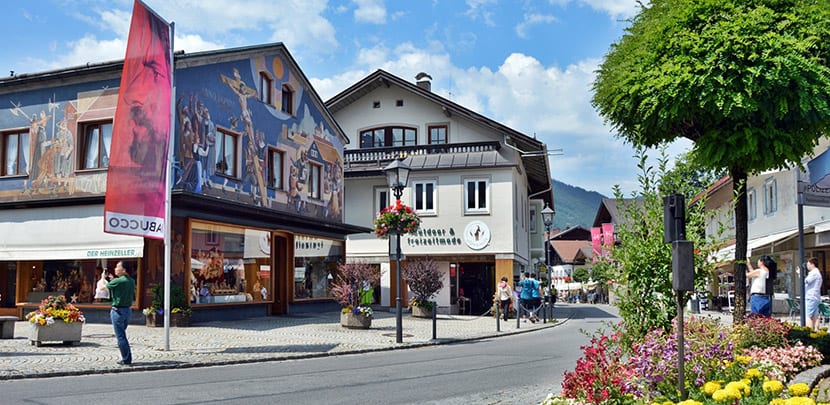
With the latter empire abolished by Napoleon himself, Bavaria became a reino although he was long under the influence of Austria. Finally it adhered to the German Empire in the second half of the XNUMXth century while retaining relative autonomy.
Years later it would be part of the Weimar Republic and would be cradle of nazism because right here Hitler starred in his attempted coup in 1923. After World War II it was left in the hands of the US Army and was part of the German Federal Republic until the re-unification of the country.
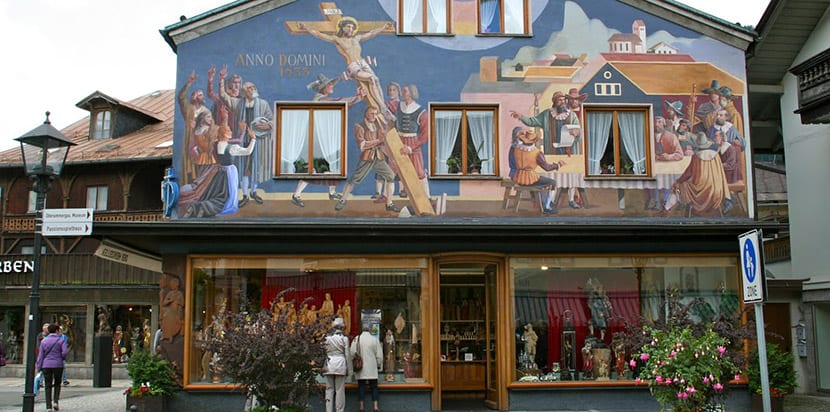
Within Bavaria then, in the district of Garmisch-Partenkirchen is the municipality of Oberammergau. The name is a twist, a linguistic twist in German that is usually sung in a musical composition called patrol where at least three voices sing the same melody in unison, but each one begins at a different moment, rare but very harmonious.
The village is known for the Passion of Christ which is only organized once every ten years. It all started in 1633 when the whole village made a promise strange. By then Europe was hit by the call Bubonic plague, a bacteriological disease that inflames the lymph nodes in the armpits and groin. Sometimes, due to inflammation and without medical treatment, which obviously did not exist centuries ago, the lymph nodes would open and suppurate ...
The plague was spread by fleas from rats and mice, animals that coexisted with people at that time. It was terribly deadly and an estimated 50 million people died across Europe, Africa and Asia, between 25% and 60% of the European population, for example.
So, as Europe was being hit by this plague the Bavarian townspeople, very, very devout, promised that if they got rid of the disease they would organize a recreation of the life of Jesus forever.
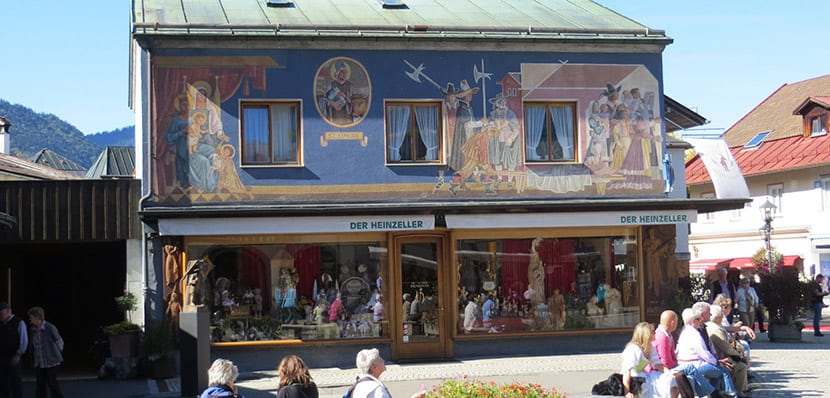
Chance or devotion the plague did not reach Oberammergau and that same year the deaths began to diminish. The people of the village thought that their prayers and promises had reached God so the first Passion of Christ took shape in the year 1634. Well, it keeps repeating itself to this day every year that ends with a zero, that is, once per decade.
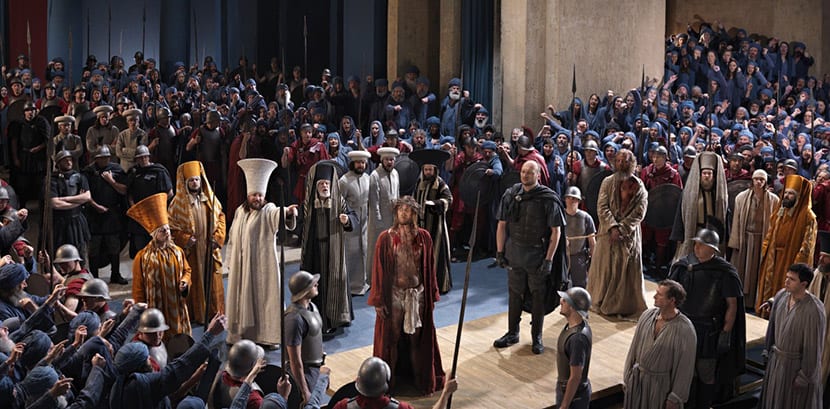
All the people of the village participate, today about two thousand people who live here and others who live for at least 20 years in the place. They organize and recreate the story of Jesus of Nazareth until his death in a period that extends for five months. We are in 2018 so lThe next Passion will be in 2020 and it will be number 42.

They estimate that there will be at least 500 thousand visitors and attendees to the round-shaped theater in the open air where for some time now the party is organized. The organization begins next year, in November and the first performance already has a date as well: the 16 May 2020.
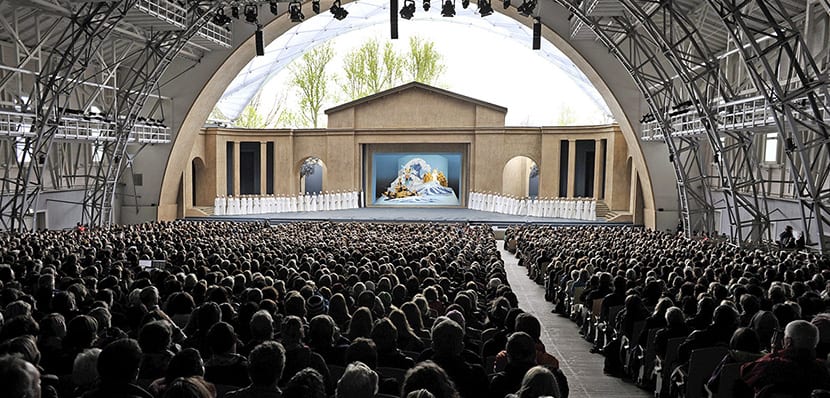
As the story is a great melodrama, it is quite long and each performance thus lasts two moments of two and a half hours each, with a three-hour interval in between. It is only in German but brochures are provided in other languages. The great final It will be on October 4. It is worth saying, finally, that since 2014 the Passion of Oberammergau is a Intangible Heritage for UNESCO.
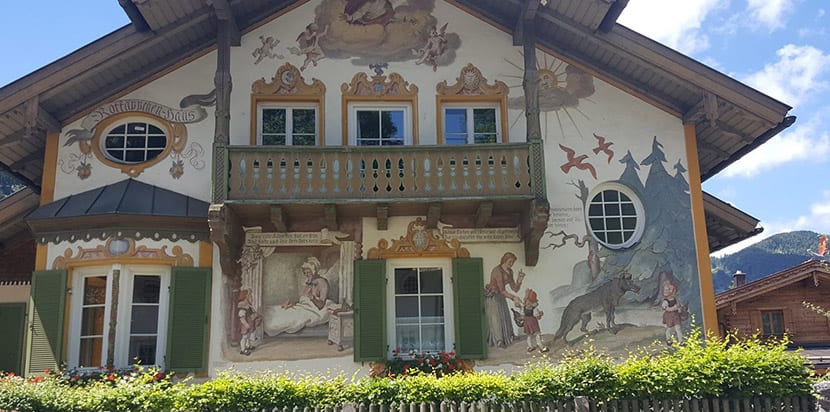
Obviously, that does not mean that you should wait for this religious holiday to take a walk. If you go on a trip to Germany and you like the landscapes and culture of Bavaria, you can get to know it and discover its other charms. And, pay a visit to Theater of the Passion which is open every year, from Tuesday to Sunday from 10 am to 5 pm. The entrance is paid and there is guided tours that include the stage and the sectors behind it on the same days at 11 am.
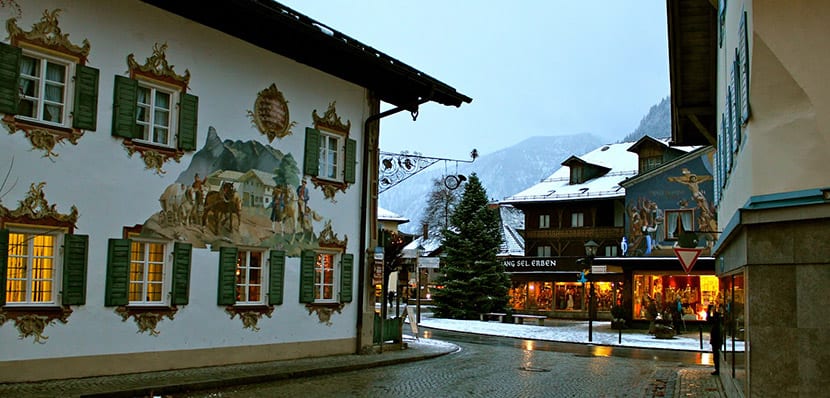
But as I said above, in Oberammergau the Passion of Christ is not everything. The village is beautiful itself and has many beautifully decorated old buildings. You will get tired of taking photos! It is an example of a colorful and picturesque baptized art Lüftlmarelei. It is a style of drawing that decorates the facades of many towns and villages in Bavaria, frescoes loaded with the style italian baroque.
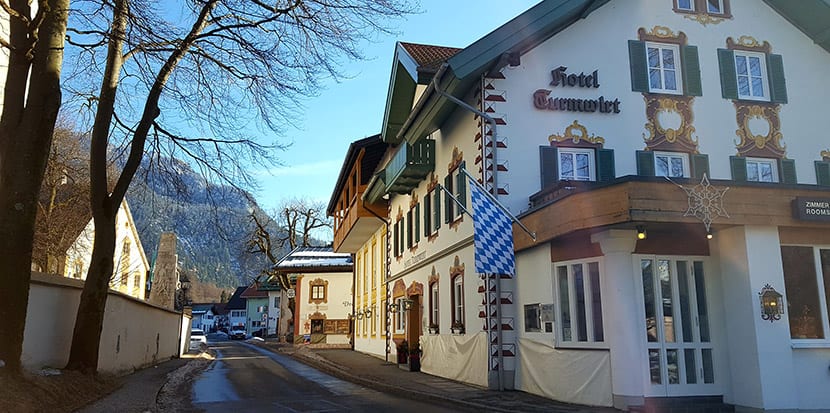
Oberammergau is an example of this decorative style, almost the mecca of it. The creator of this ornate style is said to have been Franz Serpah Zwinck in the XNUMXth century. This man was a painter and it is said that his house was called Zum Lüftl people called him Lüflt the painter. Another theory says that Zwinck actually preferred to work outside his home because paint dried faster and aerial, in German, it means air.
Whatever, here In Oberammergau you will see many houses decorated in pastel colors. Practically almost all the buildings are decorated in this town and that is why the whole set is reminiscent of illustrations from a fairy tale. Among the buildings not to be missed are Forstamt, the local church, Mubldomahaus, Kolblhaus and the Pilates House or Pilatushaus. Good trip!
